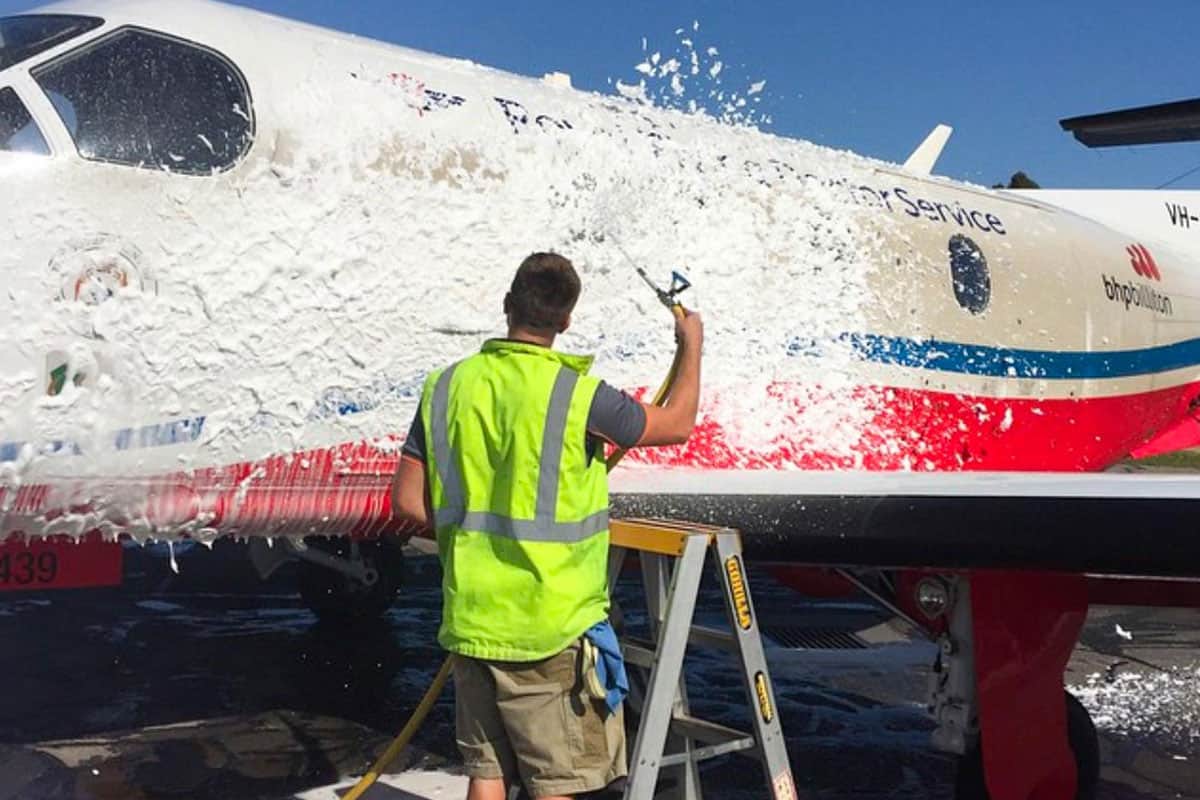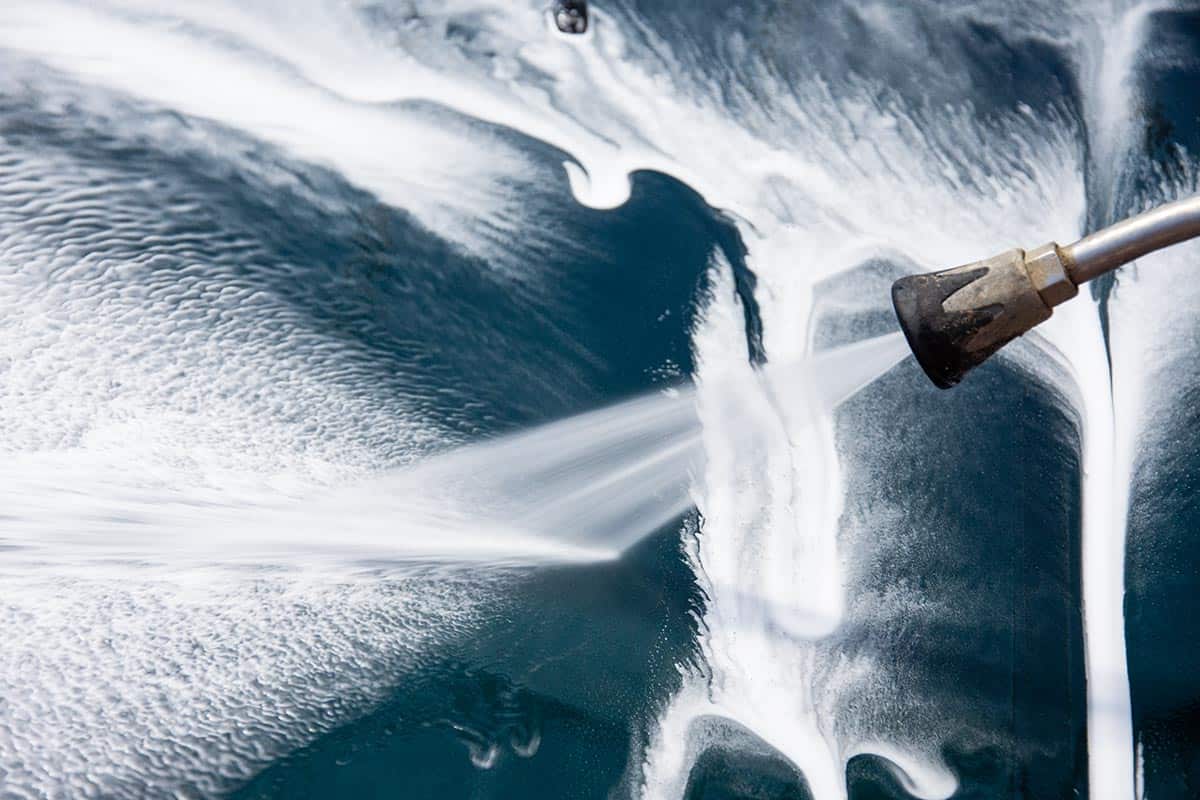The Correct Way to Wash an Aircraft
Before we start with how to wash an aircraft correctly and successfully, maybe we should first ask, why should we wash it?
Is this a trick question? Not really.
Of course we wash aircraft to make them clean again after service. Why do they need to be clean? Is it purely for aesthetic reasons or is there a more important agenda behind this time-consuming task?

The primary purpose of washing is to reduce the amount of corrosion occurring in the airframe. Washing is the first step in the aircraft’s CPCP (Corrosion Prevention & Control Plan).
It has been estimated that 80% of maintenance costs during an aircraft’s life span are attributable to corrosion, so anything that can be done to reduce this figure is of significant benefit.
Other reasons for washing are safety-related: being able to see through windows clearly, not slipping on oil and exhaust fouling etc. when boarding or disembarking. Surprisingly to most people, aerodynamics and fuel burn are on the bottom of the list of reasons for washing.
Another highly important, but often overlooked safety benefit of washing is that it provides an opportunity for a thorough inspection. While washing, one can carefully inspect the airframe for impact damage, degradation to seals and plastic components, loose fittings and fastenings and other potential problems.
Now that we have ascertained why we are going to wash the aircraft, let’s get ready to do it.
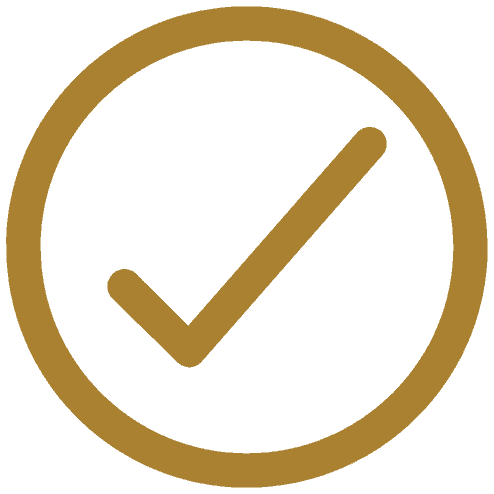
Equipment Checklist
- Cleaning fluid
- Foam Applicator (if available)
- Buckets
- Mop/brush/sponge
- Chamois
- A hose with fine spray nozzle
- Other items of personal preference.
The Power of Foam
We highly recommend using foam applicators for aircraft washing. This is always the preferred method of applying any cleaning fluid to an aircraft. It saves time, reduces product usage and allows the cleaning product to hang on the surface longer without drying, providing more time for the cleaning action to do its work and in the case of Zi-400, maximise its powerful corrosion inhibiting treatment.

Don't Use a Pressure Cleaner
Notice that a pressure-washing device IS NOT INCLUDED in this list! Pressure washers have no place in aircraft cleaning!
High pressure water will drive dirt and contaminants deep into lap joints and cavities, causing long-term degradation and damage to the airframe, along with the sand-blasting effect that is created with the particles of grime.
Water applied under pressure can also damage and penetrate seals, exacerbate paint loss, and damage the adhesive bonds found on aircraft structures.
Be Careful What You Wash With
Another literally potentially fatal mistake that even professional operators make, is to use cleaning products not specified or intended for aircraft use.
On any aircraft type, whether it be fixed wing or rotary wing, Military, Heavy Commercial, RPT, UAV, GA or Ultralight, it is essential to ONLY use products that have been formulated and approved for use on airframes.
Truck and car cleaners undoubtedly do a very good job of cleaning, but they often contain highly corrosive ingredients that may damage the aircraft. The average person does not realise that truck wash usually contains predominantly caustic soda, not something which is compatible with aluminium and other aircraft substrates.
Just as alarmingly, many household cleaners and detergents contain high levels of salt. Yes, sodium chloride. Probably the very stuff we are wanting to clean off our aircraft exterior. There are a number of cleaners on today’s market that are being promoted as suitable for aircraft use but have undergone no suitability testing. As a minimum, any aircraft cleaner should have been tested for conformance to AMS and Boeing specifications by an independent testing laboratory.
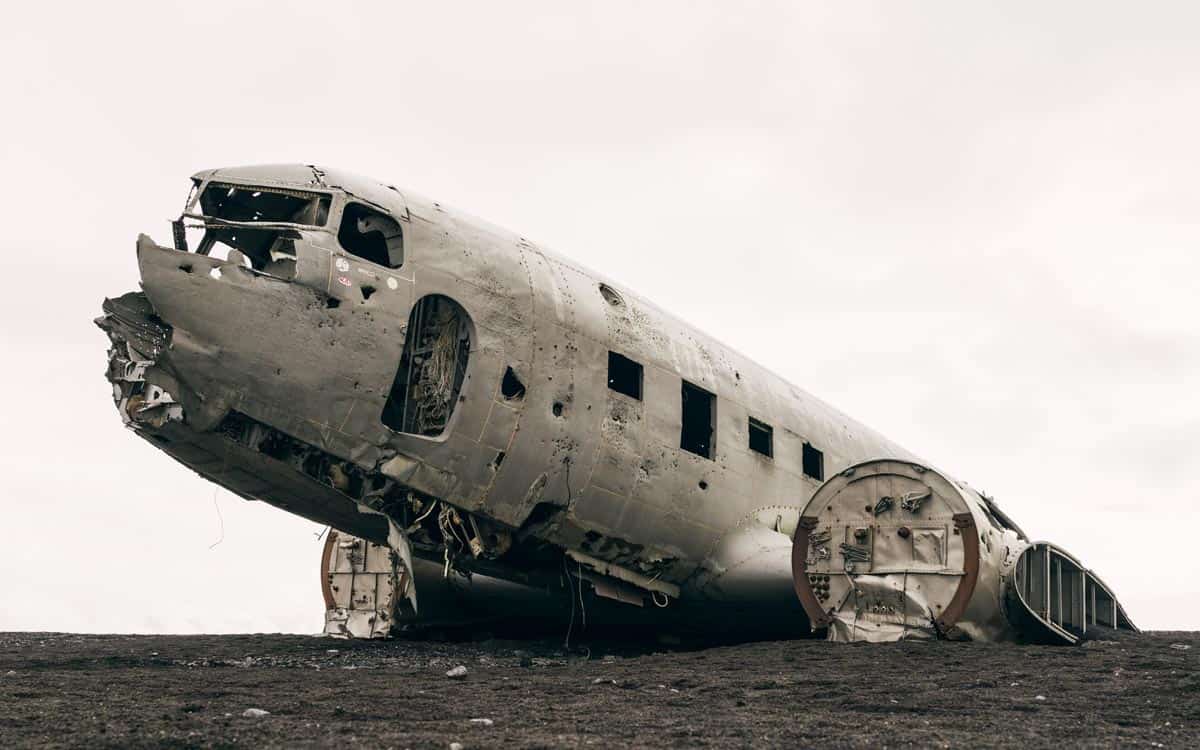
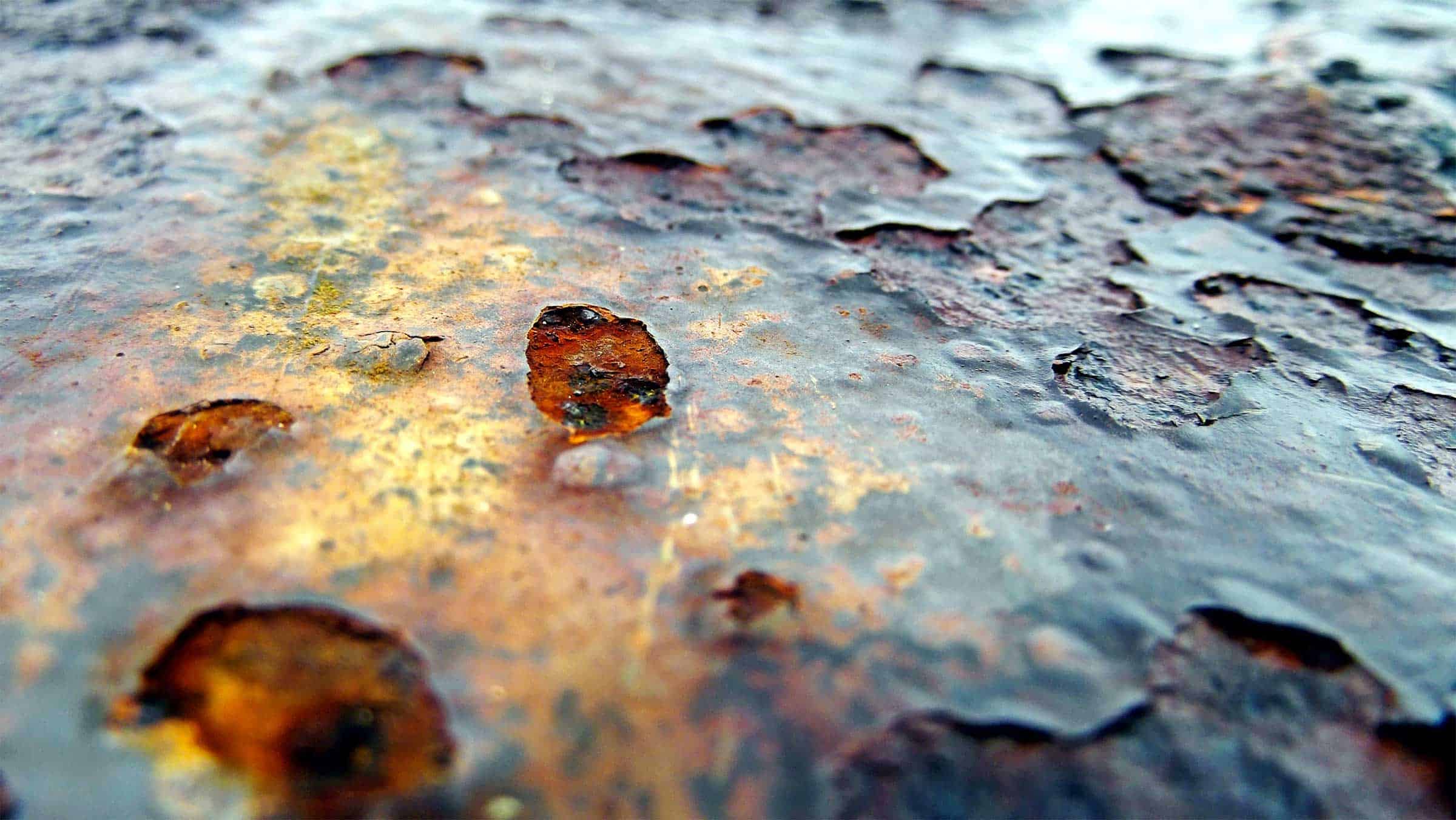
Not all aviation approved cleaning products are created equal.
Interestingly, when it comes to corrosion protection, we are not yet out of the swamp. Not all aviation approved cleaning products are created equal.
Although a product may conform to Boeing and AMS specifications, it is important to understand that this does not mean that the product will effectively inhibit corrosion. In fact, it also doesn’t guarantee that a cleaning product won’t contribute to corrosion.
Scientific studies have shown that a popular, fully approved aviation cleaning product increases corrosion rates dramatically.
Solidus Industries Zi-400 HD Aircraft Cleaner, on the other hand, has been scientifically proven to inhibit and arrest corrosion in independent testing dating back to 1993.
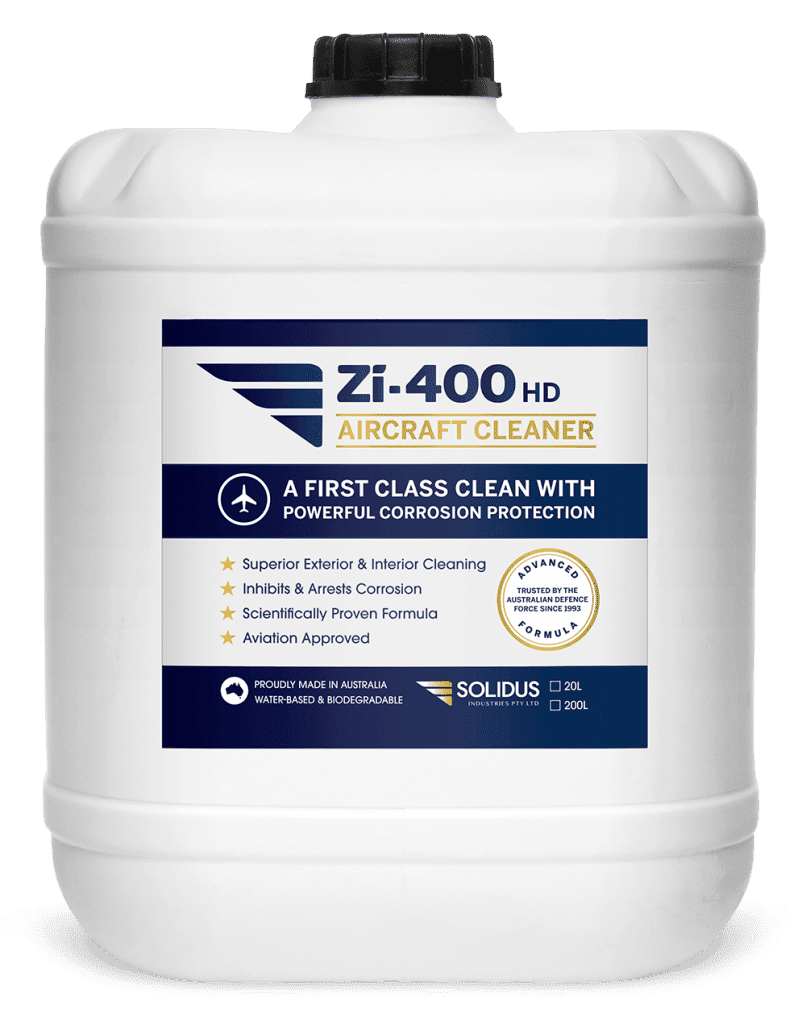
How is it possible for an Aviation Approved Cleaning Product to cause corrosion?
To meet specifications, a cleaning product is only required to demonstrate that it will not corrode an airframe at a greater than specified rate. The accepted corrosion rate threshold varies between Boeing, AMS and MIL-SPEC.
Even if you have a composite aircraft your choice of cleaning product is of equal importance as to that of a metal airframe. Many constituents of commercial and household cleaners will irreversibly damage composite substrates, acrylics, rubber and synthetic seal materials, and even two-pack paint. The wrong choice of cleaner may even damage electrical wiring and terminations. When cleaning products are evaluated for military usage, they are specifically tested on wiring and electrical components.
Above all, never use cleaners containing solvents. These may, as well as damaging the substrate, remove grease from inside bushes and penetrate or otherwise damage seals on rod ends and similar components.
It is important to do your research when choosing an aircraft cleaning product. Using a product that is scientifically proven to inhibit and arrest corrosion can save you tens of thousands of dollars in avoidable maintenance costs.
How to Wash an Aircraft
- If your aircraft’s manual requires it, tape up doors with the correct “low stick” masking tape.
- Cover pitot tubes, AOA sensors etc. with either the same “low stick” masking tape, the fabric covers supplied with the aircraft, or as the aircraft’s manual instructs.
- Follow any other procedure outlined in your aircraft’s maintenance manual.
- Lightly rinse the entire aircraft to remove loose material and dust/dirt that might scratch the surface.
- Dilute a small quantity of cleaning fluid to the manufacturer’s recommended strength for ‘heavy duty’ or ‘badly soiled’ (i.e. strong). With this concentrated solution, wash all badly fouled areas of the aircraft including brakes and wheels, oleos, exhaust trails, oil streaks and deposits around static wicks.
Most people use a sponge to apply the liquid. Purpose-made soft bristle brushes designed for washing cars are readily available and lend themselves to aircraft washing. A recommended alternative is to apply the cleaning product using a pump-up foam applicator.

Implements (sponges, brushes, etc) used on these badly fouled areas should not be reused on the rest of the airframe. There is abrasive and potentially damaging material on these areas that you do not want transferred to the rest of the airframe.

Instead, keep a fresh set of cleaning implements at the ready for your general airframe cleaning.
- Next, make up a dilution of the cleaning product at the ratio specified for general (or light) cleaning. Our recommended application for this step is foam application. If foaming equipment is not available, a spray or brush will also work to apply the product. Go over the entire airframe, starting at the highest point and agitating the solution on the surface with a sponge, broom or rag to loosen dirt and grime. Special brooms are available that are designed for washing trucks and coaches. They are made from materials that will not scratch or damage the surface they are being used on. On an aircraft they save a lot of bending and stretching, not to mention keeping you away from the stuff dripping off the underside of the aircraft. All cleaning products require a bit of physical effort, despite their manufacturers’ claims of miracles! Products that do not require movement or agitation on the surface are much too aggressive for aircraft use and may contain toxic substances that could end up in your liver. Let alone the damage they must be doing to your aircraft.
- From this point on, depending on the type of airframe, the cleaning process may need to be broken into sections, with rinsing done at the end of each section. Again, no matter what the manufacturers claim, most detergents will leave spotting that is difficult to remove if they are allowed to dry on the surface. In light of this, move across the airframe as quickly and systematically as possible, using this opportunity to inspect the surface for any damage or defects. To complete the cleaning process re-wash the areas that were pre-cleaned with the concentrated solution.
- Inspect the aircraft and if any parts have been missed go back and re-apply solution to them and rewash.
- Lightly rinse the entire airframe using a fine spray from the hose, and if required finish off with a chamois.
‘To wax or not to wax?’
Some people swear by the application of a wax or polish to their paintwork. Generally, waxing or using wax containing detergents is discouraged on aircraft. However, if you choose to apply a surface finish, be exceedingly careful to ascertain that it is suitable for and certified for aircraft use. Many polishes contain a cocktail of solvents and hydrocarbons that must never be applied to aircraft. Unfortunately in Australia, there is documented evidence that the use of automotive waxes and cleaning products caused severe damage that necessitated the grounding of aircraft. Some preparations also build up a film on the surface which can capture and lock in marks and blemishes, making future cleaning more difficult. Even if the product information states that it is safe for use on plastics DO NOT apply it to windscreens, canopies and bubbles, or any other plastic aircraft substrate. Again, we are faced with problems that are not a great concern in other facets of life outside of aviation. Many products can leave a film on the windscreen which will produce optical distortion or a halo effect. Both these can be very dangerous in an aircraft. Haloing causes a circular rainbow image to appear on the solid surface of the windscreen. It can be very annoying and dangerous, as it can obscure vision.
Aircraft Windscreen Cleaning Tips
When working on a clear surface, such as the windscreen, there is a method that should not be deviated from. When rubbing with a cloth, sponge or even fingers, ALWAYS rub vertical to the horizon.
This is extremely important. Should you unwittingly scratch the surface, you will be able to look around the scratch rather than having to try and look through it. Multiple fine scratches can produce a form of optical distortion which fortunately only has minimal effect when viewed vertically. Again, most importantly, only use transparency cleaners that are specifically designed for aviation use.
Household or automotive products are not suitable for use on aircraft plastics. Additionally, generally speaking, any product in a pressurised spray can is not suitable for use on aircraft transparencies as they contain hydrocarbons and will slowly degrade the plastic. Remember that pressure pack cans must not be carried on board either.
Finishing up
In closing, many aircraft manuals are sadly deficient in instructions on how to clean an aircraft without causing damage to it. Likewise, aircraft engineers and aircraft cleaning contractors are often undertrained in this area of aircraft maintenance.
Learning the best practices of how to wash an aircraft is well worth the effort. With the right technique and choice of cleaning products and tools, you can maintain your aircraft in optimal condition and save enormous amounts of money on avoidable maintenance – so you can enjoy more time in the air and less time in the hangar.
About the Author

Charles Cheesman
Solidus Industries Technical Director
Charles Cheesman has been technical director at Solidus Industries since 2001. A passionate aviator, Charles started out flying hang gliders when he was 14 years old, before moving on to gyrocopters and ultra-lights. Charles has been invited to present at many Aviation events and industry conferences on the best practices for aircraft washing to optimise performance and reduce corrosion related maintenance costs.
Important Disclaimer
The information contained herein is subject to copyright. This web page, in whole or in part, may not be used, reproduced, stored in a retrieval system in any form, nor transmitted by any means without the express written permission of the owner.
The operations suggested in this guideline are not airframe specific. These guidelines must be read in conjunction with the relevant operations and/or maintenance manual for the airframe being cleaned. If any inconsistencies between these guidelines and the airframe manufacturers documentation are found, the airframe manufacturers recommendations must always take precedence.
Should it be found that the manufacturers documentation does not correlate with methodologies and products as suggested by this guideline, written approval from the manufacturer must be obtained before deviating from requirements as set out in their documentation.

